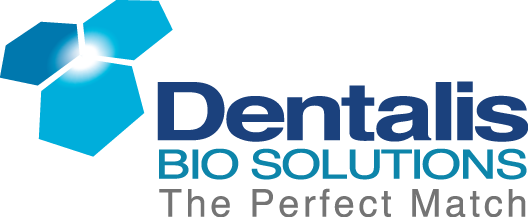How To Read An Article
How To Read An Article
How To Read An Article
Checklist for critical reading
When reading scientific articles and clinical documentation, it is important that one is able to judge how reliable the sources are, what they mean, and if they are really important. In order for a scientific article to be considered credible or useful, there are certain pieces of data that must be present.
The following is a list of important pieces of information to look for:
Purpose of the study
- Purpose: Reason for the study being performed
- Note: The purpose must be related to the conclusion
Type of study
- Is it prospective or retrospective?
- Note: Prospective studies are better in most cases because the criteria are set before the patients are treated
Implants lost
- The study should include both the number of implants and number of patients not accounted for during the entire follow-up period.
- It should also include the reasons for any drop-outs.
Loading
- When the implants were loaded (immediate, early, or conventional loading)
- Number of implants for upper and lower jaws, respectively
Note: The number of implants should always be listed separately for upper and lower jaws, including failure statistics, as the treatment prognosis is different in each jaw.
- Number of patients
- How many patients are included in the study?
- How many clinics are involved?
Note: More than one clinic should be involved in the study, in order to judge the possibility of repeated results.
Follow-up
- How many implants have been followed for how long?
- When did the follow-up start, at installation or at loading?
Statistical analysis (Success/failure rates)
- A study should include statistical facts and figures to reveal how many implants were actually followed up and for how long.
Note: It should also include a “worst-case” analysis, meaning a calculated failure rate assuming that all drop-outs were lost implants
Complications
- If there are complications or drop-outs, they should be clearly described.
Other important parameters
- How were the results verified?
- Was x-ray used when determining bone levels?
- How were bone levels measured?
- Was the bridge removed to control implant stability?
Number of patients
- How many patients are included in the study?
Indications
- Which indications are covered in the study; single, partial or full bridge?
- Is it is a full bridge, is it fixed prosthesis or overdenture?
Conclusion
- The conclusion should be compared to the purpose of the study.
- Was it fulfilled?
- What does the study actually tell you?
- How does the result affect your daily clinical work?
